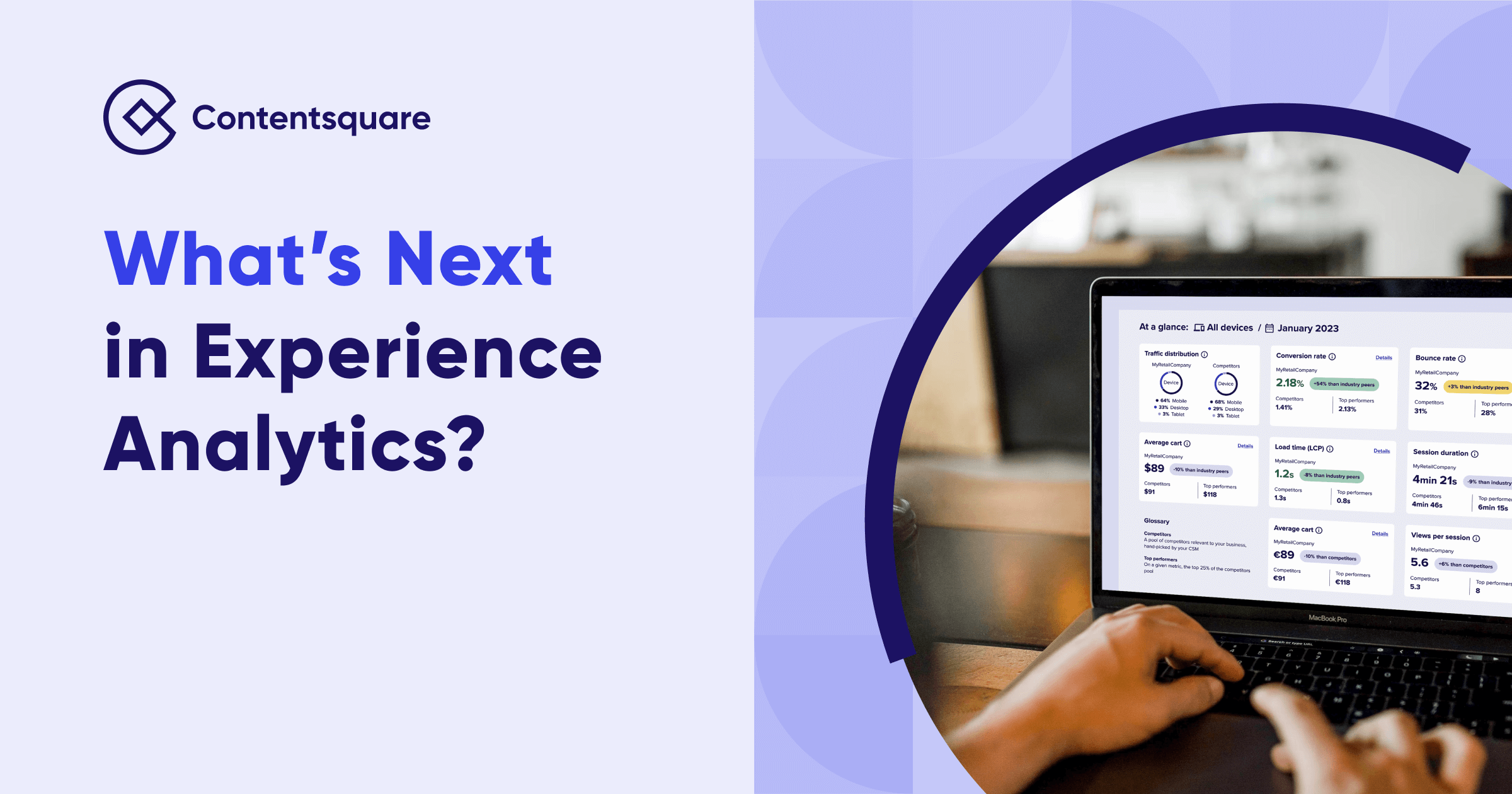Using emotional design to improve your UX

Have you ever felt emotion while browsing the internet?
The answer is obvious: of course you have. Because our emotions guide us on a daily basis.
And it’s our emotions that enable us to better memorize user experiences (UX). So it’s little surprise that behind many brands’ websites lies an emotional design strategy that helps ensure users are left with a positive and memorable experience.
But what exactly is emotional design? And how can you implement a digital strategy using emotional design?
Emotional design: definition
Before we dive into how to set up an emotional design strategy, it’s important to understand the origin and meaning of the term.
Donald Normann, an Apple employee in the 90s, was the first to use the term “user experience”; a process that keeps people at the forefront of your digital thinking and strategy. From product design to create a user interface: emotional design is everywhere. Its purpose? To attract and arouse emotion in your user.
Donald Normann explains that to implement your emotional design strategy, you have to think about the user first, then the interface.

Plutchik and Dyads Wheel of Emotions
As we mentioned earlier, emotional design aims to impact the user by giving them a unique and memorable experience.
Unsurprisingly, the more personalized your emotional design, the more likely it is to inspire change in your customer.
So it’s up to the UX designer, then, to understand the different emotions of the user, and then tap into these throughout the user journey in the best, most thoughtful way.
Here are some examples of emotions felt by users categorized by Alan S. Cowen and Dacher Keltner:
Optimism, love, submission, fear, disappointment, remorse, contempt, aggressiveness.
Emotion is important because it impacts purchase behavior. So if you want your user experience to pack a good punch, you need to be thinking about emotional design.
How to create an emotional design strategy
Best practices for implementing your strategy

An example of emotional design by Spotify
To set up your emotional design strategy, firstly decide which emotions you want to arouse in the user. Some good practices for successful emotional design include:
- Personalize your messages and experience to create a sense of belonging in your user
- Opt for attractive visuals such as video; the hottest form of media at the moment, especially since the rise of mobile UX
- Offer promotions during your user journey to help generate satisfaction and, subsequently, commitment from your customers
- Vary your media with micro-interactions that will bring life to user journeys and also arouse positive astonishment. A word of advice: humor is highly engaging, as long as it is carried out correctly
- Above all else, remember you’re speaking to a human: the heart of your emotional design. Talking to your customer one-on-one in a human and natural tone will help build trust and promote satisfaction
From emotional design to emotional marketing
Though emotional design is a discipline in its own right, it remains largely complementary to traditional user tests which don’t necessarily prioritize emotion. So it can be hard to put emotional design into practice.
Our advice? Do your research, then test, retest, and test again until you get to know your user and their emotions. Then, you can put the most successful components of your emotional marketing strategy into practice to help optimize conversions and engagement.
A new era of human-centered creation is coming, but for many UX designers – there’s still a long way to go.
Get in touch for UX tips galore
Want to get started in UX and improve your users’ experience? Join us for a free demo. Our experts will show you how our experience analytics platform can help your teams use UX insights to grow your business and improve your customer experience.
Keep Reading...



